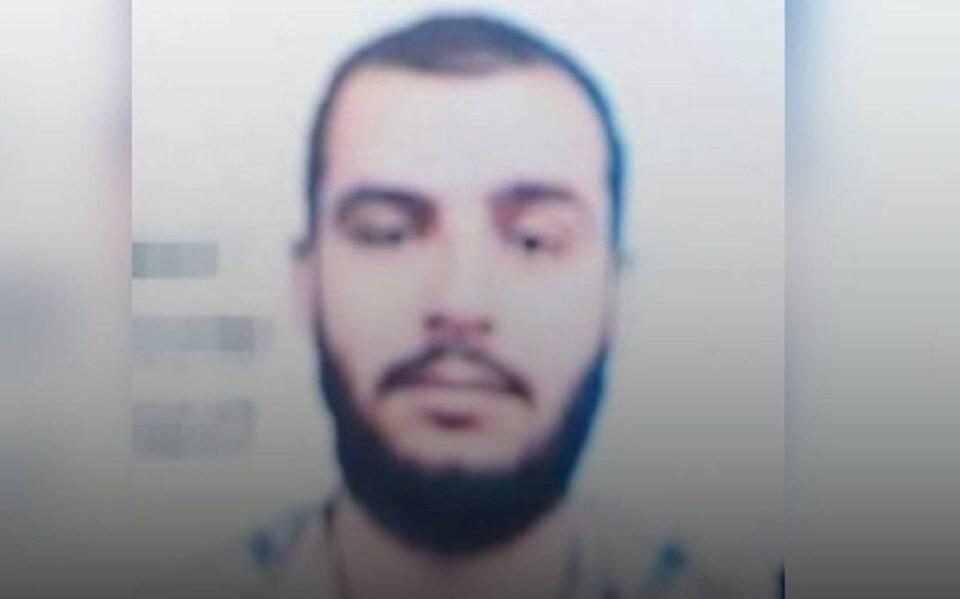
Hamas chief ‘back from dead’ to lead attack
A Hamas leader specialising in kidnappings and cross-border infiltration who was pronounced dead in 2014, is alive and masterminded the Oct 7 attacks, Israeli spies believe.
Sources close to Israeli intelligence said Mohammed Sinwar, the younger brother of Yahya Sinwa, Hamas’s leader in Gaza and Israel’s most-wanted terrorist, has been living under a shroud of secrecy in the tunnels beneath the Strip for years.
They say he was closely involved with the planning of the attack last month that killed 1,200 people, hoping that hundreds of people taken hostage could be used to secure the release of some 5,000 Palestinians in Israeli jails.
“He was 100 per cent one of the core team who planned Oct 7,” a former Mossad counter-terror chief told the Telegraph, describing a group of three to four key figures behind the deadly attack.
“In the military leadership he’s very important,” the source said. “He’s around number seven on the wanted list, alongside the likes of Mohammed Deif, Marwan Issa and Tawfiq Abu Naim. He’s an important figure and he’s still alive for sure.”
The younger Sinwar, who helped free his brother from an Israeli jail in a landmark prisoner exchange in 2011, “is considered one of the main brains in planning the invasion, massacre and mass kidnapping of the Israelis from the surrounding settlements,” said Ronen Solomon, an independent intelligence analyst and author of the Intelli Times blog.
“His speciality is border infiltration and kidnappings for [securing] the release of all prisoners,” said Mr Solomon, who has been following Mohammed for more than two decades, amassing an archive of documents, photographs and interviews that help to shine some light on the notoriously secretive figure.
Such is the secrecy surrounding Mohammed, that even residents of Gaza no longer recognise him, he said.
“He moved secretly and within a limited range, for fear of being exposed to an Israeli assassination,” said Mr Solomon. “During the last two decades, he survived six assassination attempts.”
Israeli forces destroyed Mohammed’s family home on Oct 24 2004 after he went to ground following a failed assassination attempt in 2003.
Ten years later, at the height of the 2014 war between Israel and Hamas, the terrorist group pronounced him dead, releasing an image showing him lying on a blood-stained bed.
Faking Mohammed’s death was part of a mission to protect one of Hamas’s three “shadow commanders,” said Mr Solomon.
Since then, he has never been seen in public, appearing only in silhouette in an interview with Al Jazeera Arabic in May last year. He did not even attend the funeral of his father in January 2022.
But the Israeli military quietly revealed it was hunting him once again this week, when Mohammed’s picture appeared alongside that of his brother during a briefing by Yoav Gallant, Israel’s defence minister. He did not mention him by name or go into detail about his involvement in the October attack.
Separately, the Israel Defense Forces (IDF) announced that soldiers of the 7th Brigade had raided offices linked to Mohammed, where they found “documentation of military doctrine”.
After Yahya Sinwar was released along with more than 1,000 other prisoners in exchange for Israeli soldier Gilad Shalit in 2011, Mohammed remained in the shadows.
The former Mossad counter-intelligence chief said he was instrumental in securing his brother’s release from prison and then orchestrated his rise to power in Gaza.
“Mohammed was always more important than his brother. He was the person who initiated and held Gilad Shalit,” the source said. “He was the one who created the list of prisoners in Israel to be released and of course, Yahya, was number one.”
Until that time, Yahya was not even considered a part of the Hamas leadership, the source said.
When Mohammed created the list, many in Hamas objected to the fact that Yahya was put at the top.
“Mohammed was not negotiating on that fact and said, if you object to my list, I’m going to take Shalit to the seashore, I will behead him and video it, so, they backed off and Yahya became the most important one.”
This move would prove transformative for Yahya Sinwar, who would eventually take over from Ismail Haniyeh, now Hamas’s political leader in exile in Qatar, in 2017.
“He received a hero’s welcome when he returned to Gaza and very soon, he rose to become a prominent leader and succeeded Haniyeh.”
But Mohammed remains a prominent figure in his own right. He was one of the first generation to join the ranks of Hamas since its inception on Dec 14, 1987, and took part in the first intifada.
After rising through the ranks in various administrative positions, he was one of the first to join the military arm of Hamas, the Izz al-Din Al-Qassam Brigades. In 2005 he became the commander of the Khan Younis Brigade.
Mohammed has long been a prime target for Israel’s military and intelligence agencies.
On April 11, 2003, the Al-Qassam Brigades said that Mohammed had survived an assassination attempt using an explosive device planted in the wall of his house in the city of Khan Younis.
But Israeli spies believe Mohammed has now been given the responsibility of protecting his brother, who Israel has described as a “dead man walking”.
“It is believed that he is now also entrusted with ensuring the safety and escape of his brother Yahya through Rafah if required,” said Mr Solomon.
Source » telegraph.co.uk





